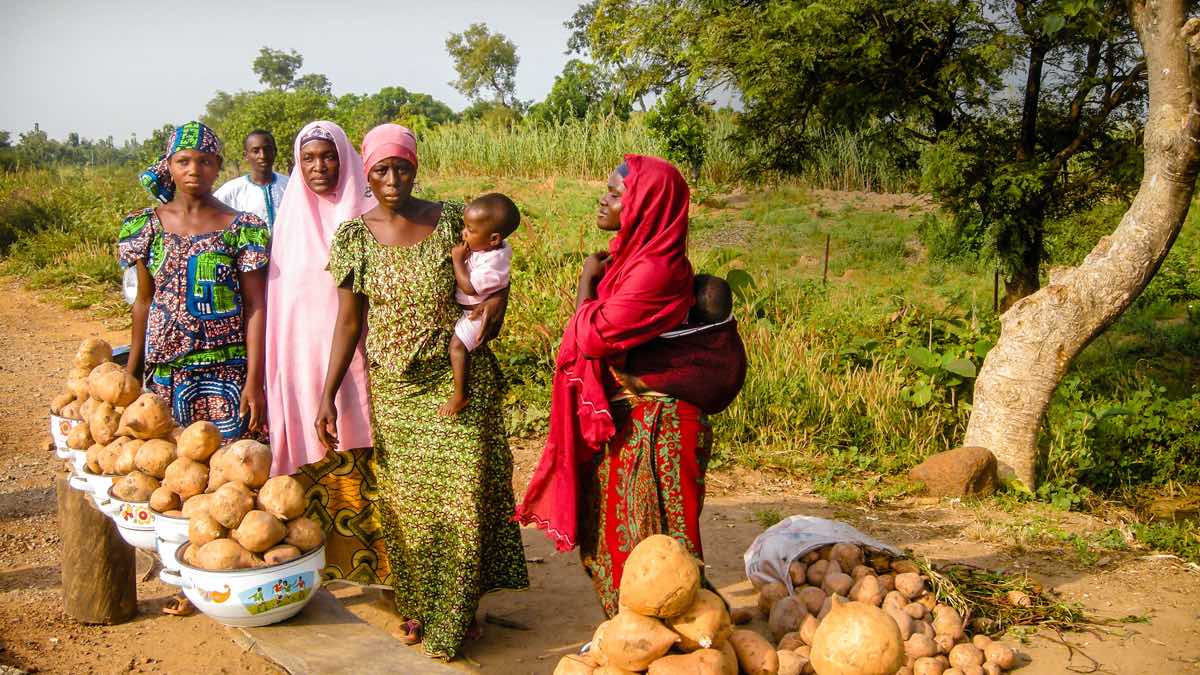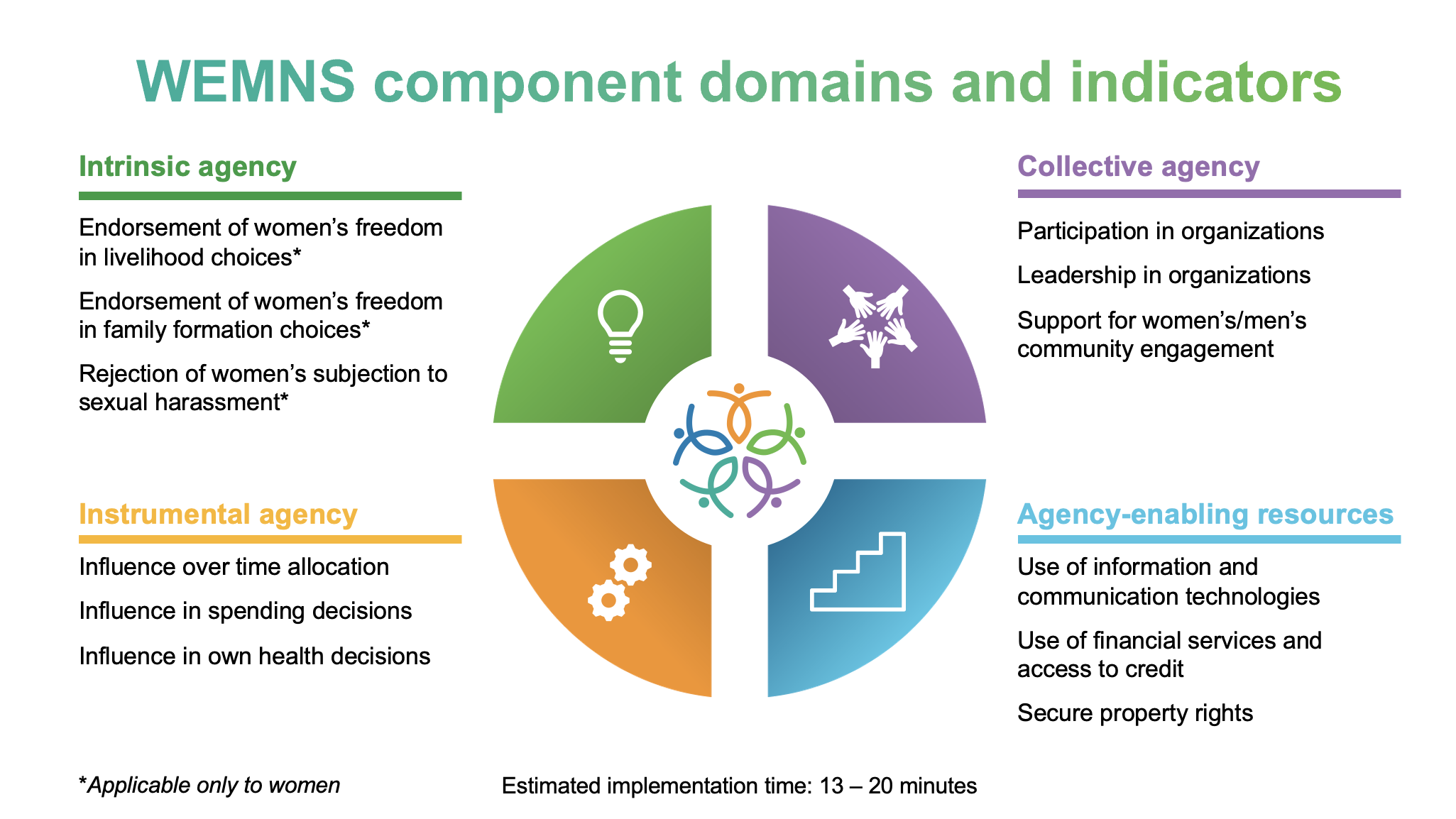Collective action in agriculture can take many forms, from contract farming to producer marketing groups. Smallholders often rely on these groups to increase their access to markets and get higher prices for their goods. My IFPRI discussion paper, later published in the American Journal of Agricultural Economics, looks at a different type of collective action, one that can help both producers and consumers by making it more cost-effective for producers to maintain quality and safety standards: collective branding.
Collective branding occurs when several producers, or firms, band together to sell their products under one brand name or geographical identifier. Collective branding can benefit producers in several ways. It enables them to establish a good reputation among consumers who may not know them individually. It also reduces the cost of external quality, safety inspections, and certifications
But collective branding brings its own challenges. How does a brand build up consumer trust? What happens if one firm within the group shirks its responsibilities? In Collective Reputation, Social Norms, and Participation, I use a theoretical model to determine how the size and structure of a collective brand can reduce shirking and maximize producer profits. These results, in turn, can help ensure that quality and safety standards are maintained, thereby protecting consumers.
One of the major challenges to the success of a collective brand is the temptation for an individual firm to “free ride” – in other words, to rely on the other firms within the group to maintain expected quality standards while not living up to their responsibilities to do the same. Free riding not only places an undue burden on the other firms within the group, it can also have a negative impact on product quality, which in turn negatively impacts consumers’ trust in the brand. The model I present in this paper proposes a solution through monitoring and disincentives and sanctions. On the consumer side, the brand will lose its reputation forever if consumer trust falls below a certain level. Within the brand, firms can threaten one another with sanctions: if one firm is caught shirking its responsibilities, the other firms can in turn shirk theirs. These two disincentives can discourage one firm from relying on the others to carry all the weight. However, this is more effective in the long run than in the short run, so collective brands with a more long-term outlook are more successful at implementing self-monitoring and punishment to reduce free riding.
In addition to establishing a long-term focus, a successful collective brand must also maintain an optimal size. Collective brands made up of just a few firms may find it easier to detect individual shirking within the brand; on the other hand, smaller size also means that individual firms will have to shoulder more of the expense of quality testing and certification, and consumers may have more limited information about them (and thus less trust). Large collective brands are more able to reduce individual expenses, but are slower to monitor and punish individual firms for free riding, leading consumers to doubt their ability to maintain quality standards.
It is clear that while a collective brand can help individual producers establish and benefit from a good reputation, success does not always come easy. To avoid free riding, collective brands need to examine their own environments to determine how quickly and accurately information passes to consumers, how frequently the brand participates in the market, how much independence to grant each firm or manager within the brand, and whether a smaller or larger number of member firms will make it most successful.
Related Links:
- Bio of Alexander Saak
- Collective reputation, social norms, and participation article in American Journal of Agricultural Economics (To access a copy of the journal article, please contact IFPRI-Library@cgiar.org)
- More publications by Alexander Saak







